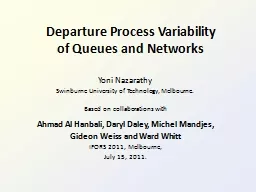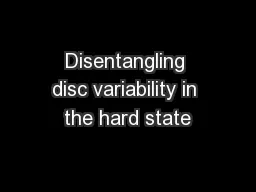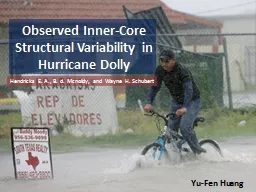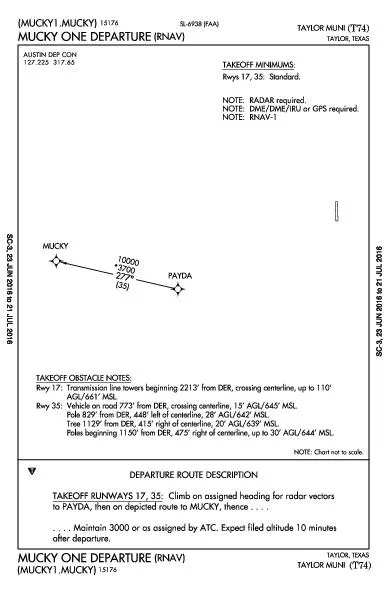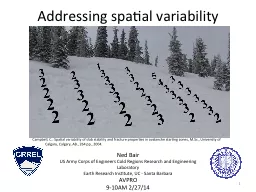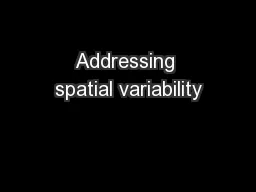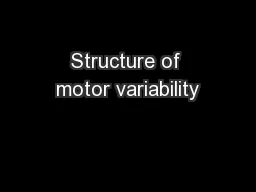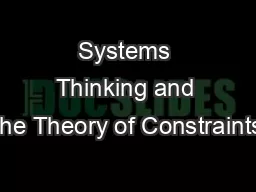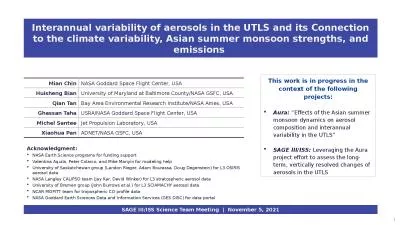PPT-Departure Process Variability
Author : araquant | Published Date : 2020-08-04
of Queues and Networks Yoni Nazarathy Swinburne University of Technology Melbourne Based on collaborations with Ahmad Al Hanbali Daryl Daley Michel Mandjes
Presentation Embed Code
Download Presentation
Download Presentation The PPT/PDF document "Departure Process Variability" is the property of its rightful owner. Permission is granted to download and print the materials on this website for personal, non-commercial use only, and to display it on your personal computer provided you do not modify the materials and that you retain all copyright notices contained in the materials. By downloading content from our website, you accept the terms of this agreement.
Departure Process Variability: Transcript
Download Rules Of Document
"Departure Process Variability"The content belongs to its owner. You may download and print it for personal use, without modification, and keep all copyright notices. By downloading, you agree to these terms.
Related Documents

